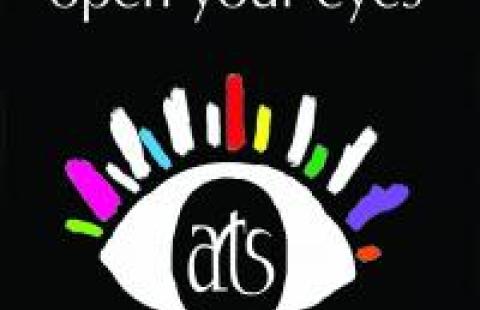What were your major obstacles?
It has been challenging to gather data
regarding the number of visitors to each studio. We have had a sign-in sheet
at each studio every year and have been able, for the most part, to collect a
great majority of the Tourist information. However, it is burdensome for the
Artist to have to ensure that each visitor signs in and it has been an
excruciating process for the Council to decipher the handwriting on the
sheets. This past year we created a pre-registration perks package for
tourists which included personalized stickers that eased the sign-in process
at each studio, along with special offers to eateries on the tour route,
discounts to evening entertainment and overnight accommodations, a full tour
info packet, and a tote bag. We will be trying some new things this year,
including the modestly priced perks package and a choice of a free, day-of
registration that provides coded sign-in stickers.
Who or what was instrumental in overcoming these obstacles?
Surveys taken with the artists and the
tourists have provided helpful ideas, feedback and guidance to improve the
sign-in process.
What top three suggestions would you give to others attempting a similar project?
Do not take on too much territory, as you
are likely to dilute the exposure you are seeking for your tour sites. Make
sure you do not have an outlier on the tour route – a site that is alone,
off the beaten track; if you do, make every effort (with that outlier’s
help) to identify other artists nearby and convince them to join the tour
(there is power in numbers regarding drawing an audience).
2. Be prepared to be very supportive to artists. Many, although not all,
have limited knowledge and interest in packaging and promoting themselves.
You will have to hand-hold, and coach many of them. Make sure they
understand that you will be there to guide and help them, but that they MUST
do all they can do to partner in promoting the event. If they do not commit
and follow through with this, it is unlikely they will see much traffic.
3. Especially if it is a free event, you have to be creative and assertive
and consistent in your marketing of the Tour. Be everywhere you can be in
the public eye for many weeks prior to the tour. Everywhere people turn,
they should see and hear about this event – make it a “not to be
missed” experience.
